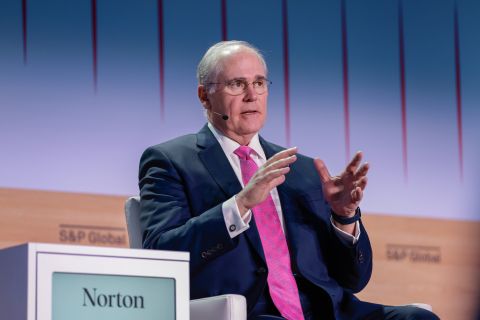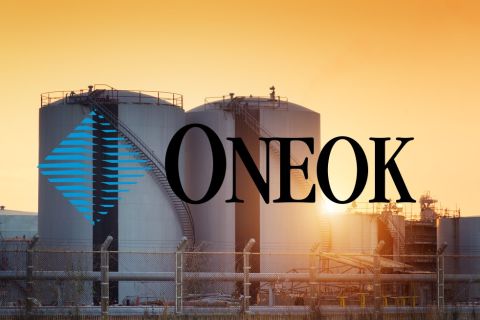By Darrell Brownlow, Ph.D., Wilson County, Texas Here in South Texas, we use millions of acre/feet of water each year for agricultural, municipal, and steam power generation uses. From that perspective, the addition of 10,000 to 20,000 acre/feet per year of water for Eagle Ford fracing represents a very small fraction of our total water usage. We cannot discount or dismiss the contrast in enormous economic impact the use of this water can have for fracing versus other uses the landowners (who own the water) have available to them. Neither can the local, state or even federal taxing entities ignore it. As for the impact on agricultural and municipal interests that rely on groundwater, first, there’s room for all uses and, second, South Texas has a long history of agricultural interests selling their irrigation permits for other uses. Consider the fact the city of San Antonio has bought and currently leases 10s of thousands of acre/feet annually from agricultural interests in the surrounding counties. If someone has perfected a right to pump water for agricultural purposes, they’re not prevented from selling or using that right for other things as long as it’s considered a beneficial use. This also applies for buying existing surface water rights from the multiple rivers that cross the Eagle Ford play. Texas, and particularly South Texas, has a very active water market, which existed well before the Eagle Ford play. If in the future there are challenges to this, I think local and or state regulatory agencies will have difficulty convincing a private landowner that the oil and gas company that has leased the property and wants to drill a well on the property cannot because the oil and gas company is not allowed to use the water on the property. The situation poses some interesting questions in regards to property rights. Proper planning is the key to insuring this remarkable opportunity is fully realized. This area is water savvy and has a solid foundation for adapting to changes in demands and availability. Fortunately, we are very early in the field’s development, and we have time to insure that there are ample resources available to meet all needs and that private property rights are protected.
Recommended Reading
Which Haynesville E&Ps Might Bid for Tellurian’s Upstream Assets?
2024-02-12 - As Haynesville E&Ps look to add scale and get ahead of growing LNG export capacity, Tellurian’s Louisiana assets are expected to fetch strong competition, according to Energy Advisors Group.
EIG’s MidOcean Closes Purchase of 20% Stake in Peru LNG
2024-04-23 - MidOcean Energy’s deal for SK Earthon’s Peru LNG follows a March deal to purchase Tokyo Gas’ LNG interests in Australia.
ONEOK CEO: ‘Huge Competitive Advantage’ to Upping Permian NGL Capacity
2024-03-27 - ONEOK is getting deeper into refined products and adding new crude pipelines through an $18.8 billion acquisition of Magellan Midstream. But the Tulsa company aims to capitalize on NGL output growth with expansion projects in the Permian and Rockies.
Enbridge Closes First Utility Transaction with Dominion for $6.6B
2024-03-07 - Enbridge’s purchase of The East Ohio Gas Co. from Dominion is part of $14 billion in M&A the companies announced in September.
As ONEOK Digests Magellan, Sets Stage for More NGL Growth in 2024
2024-02-28 - ONEOK is continuing the integration of its newly acquired Magellan assets in 2024 as the company keeps an eye out for M&A opportunities and awaits regulatory approvals for certain projects.





